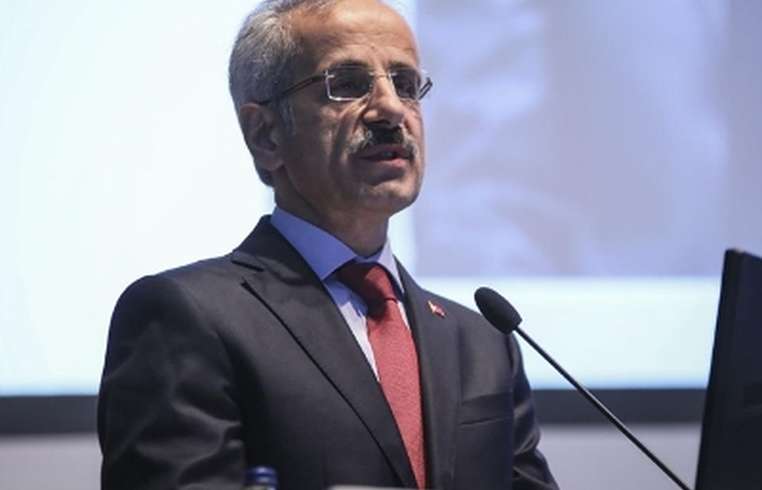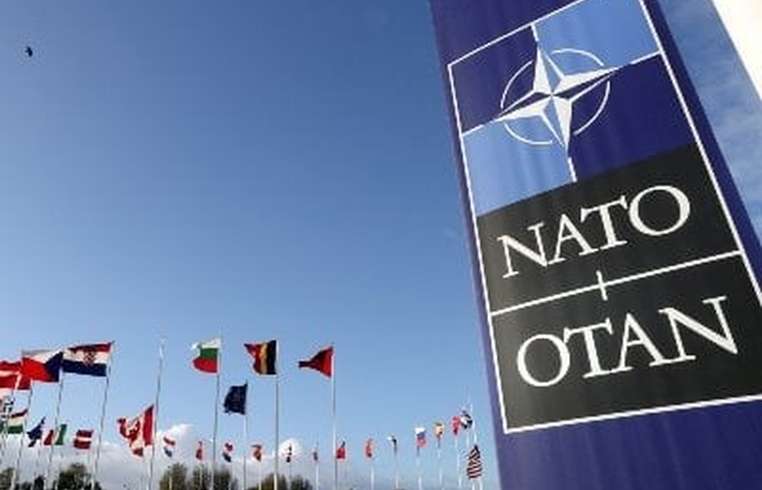
News - Sameep Shastri: Armenia can become one of gateways to Europe for Indian exporters
Business Strategy
Sameep Shastri: Armenia can become one of gateways to Europe for Indian exporters

There is a demand for pharmaceutical products in Armenia. On the other hand, high-quality alcoholic beverages and fresh and dried fruits and vegetables can be exported to India. India, with its population of 1.5 billion, has a constant need for food supply to meet demand and for food security, and this is a huge market for any country. Sameep Shastri, Vice Chairman of BRICS Chamber of Commerce and Industry, stated this in an interview with Armenian News-NEWS.am, adding that one of the main goals of the Armenia-BRICS Business Cooperation Center will be to improve trade so that small businesses will also have the opportunity to grow. From a cultural point of view, India is stronger and connected with Armenia, even though Armenia was part of the USSR. Apart from the cultural similarities with India, Armenia has become a second home in the last 4 to 5 decades for many Indian students who come to Armenia for medical education. However, trade relations have not yet been explored to their full potential. That doesn't mean it isn't there, but it hasn't been fully explored yet due to policy priorities and logistical issues, and now is the time to start working on it. These are the directions in which Armenia and India need to move forward—whether it is the necessary infrastructure for logistics or the ability to trade in their own currencies so that the local businesses of both countries are not affected by the US dollar’s fluctuations, said Shastri. According to him, the prediction of the future is that Armenia can become one of the gateways to Europe for Indian exporters. Unfortunately, the Indian governments did not pay enough attention to the CIS countries, but now they have started to consider them. For a long time, India has focused towards the West in terms of its export and import dependence. But now India has realized that its market is big enough and it doesn’t really need the support of Western countries for its economy. And that is at the main focus of Delhi: it is India, its self-sufficiency, followed by cooperation with other countries. The parties needs to realize that they needs skill mapping. They need to figure out what kind of skilled labor there is in Armenia and what kind of skilled labor there is in India, which can be used. In addition, the exchange of technology, the processing of data in digital format are lacking, and these can be used. And when that kind of information is communicated transparently to businesses, the growth will be enormous, Shastri said. When asked whether it is possible to combine relations with, for example, the West and the BRICS countries, Sameep Shastri said that it depends on the personal choices and decisions of the leadership. But first of all, he believes that we are in an apolitical situation where India is seen as a partner and a very good ally of all nations. They do not have any disagreements, be it with America or with Russia. And a strong leadership can do it; it is something that Armenia should decide, added Shastri. According to him, the leadership of Armenia should figure out what will be useful for country, and should believe in the "nation as a priority" approach, in which case it should have the courage to act in the way that will best serve the interests of the nation. If it is beneficial for Armenia to work together with BRICS or sanctioned countries, and it should have the courage to move in that direction. It should not think about what will happen in the future because the world is changing now. Policymakers tend to think about what the relationship will be like in ten years, what it will be like in fifteen years—but not anymore. Given the continuous dynamic changes taking place at the global level and the increasing influence of the media, there is a need to act now, at this moment, concluded Sameep Shastri.






